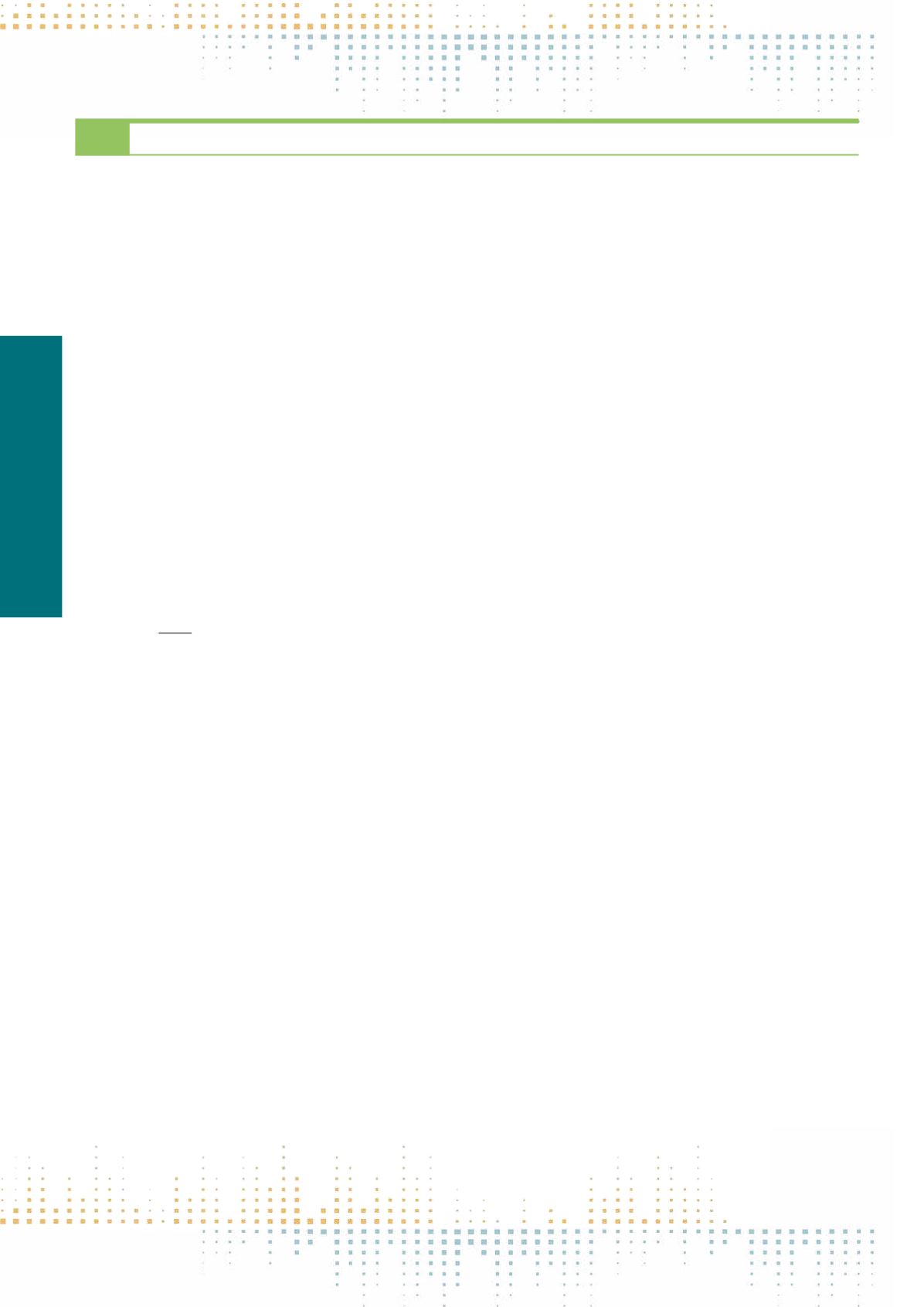

120
Saturday, November 12
0 9 : 0 0 – 1 0 : 3 0
COH08 Histories of National and International Journalist Associations: How to Read ThemandWhat to Learn fromThem
K. Nordenstreng
1
1
University of Tampere, School of Communication- Media and Theatre, Tampere, Finland
The first national organizations, often called press clubs, began to appear in the UK, France and other countries in the second half of the 19
th
century. By
the 1890s journalists and publishers in most European countries were more or less organized – not everywhere in solid associations but at least as loose
fraternities around a common profession. Newspapers were growing along with increasing advertising and the press achieved a higher profile both in poli‑
tics and as a form of industrial modernization. Under these circumstances journalism gradually came to be regarded as a profession. Obviously the time was
ripe for national groups to be internationally connected for mutual benefit: to learn from each other and to strengthen the profession’s prestige. This led to
convening of the International Congress of the Press in Antwerp (Belgium), in July 1894, and to the founding of the International Union of Press Associations
(IUPA) as the first international association of the profession. IUPA’s congress met almost annually until World War I which disrupted its regular activities.
After the war, in 1926, a new association was founded on a trade union basis with the support of the International Labour Organization (ILO).The Fédération
Internationale des Journalistes (FIJ) successfully linked mainly European journalist associtions and promoted professionalism until the 1930s when internal
divisions with the rise of Fascism began to paralyze its activities. World War II led to its fall, while its legacy was followed up by the London-based Inter‑
national Federation of Journalists of Allied or Free Countries. After the war, in June 1946, this exile federation convened a world congress in Copenhagen,
attended by journalists unions from 21 countries extending from USA to USSR, from Greece to Iceland, from Australia to Peru. The congress established
the International Organization of Journalists (IOJ) to continue the mission of the FIJ as the main international platform for professional journalists. One
year later its second congress in Prague adopted the statutes and placed the headquarters in Czechoslovakia. However, he Cold War since the late 1940s
led to a division of the movement, whereby the Western member unions left the IOJ and started in 1952 a new association, the International Federation
of Journalists (IFJ). Meanwhile, the IOJ consolidated itself in Eastern Europe and grew to the developing world - with Soviet support. Several attempts to
reunify the movement failed and the profession was divided until the end of the ColdWar. A detailed history of these associations is provided by two fresh
books by the panel convener (et al). The panel complements these books with three perspectives of national histories - from Estonia, Czech Republic and
Hungary - and two international cases - an early Cold-War attempt by emigrant journalists from Eastern Europe organizing for anti-communist activities
and finally the story of the IOJ. With these national and international perspectives the panel aims at contributing to the ECC overarching theme by asking
how to read these histories and what lessons they give for contesting pasts, presents and futures.
PN 256
The Early Stages of Organization and Internationalization of Journalism Profession in Estonia
E. Lauk
1
1
University of Jyväskylä, Department of Communication, Jyväskylä, Finland
Taking the concept of professionalization as a theoretical framework, this paper focuses on the organization and internationalization of Estonian journalism
in the 1920s and 1930s. The formation of Estonian journalists as an independent occupational group took about a half a century from the appearance
of the first full-time editor in the late 1860s to founding a professional organization in 1919. The first stated goals of the journalists’ organizations world‑
wide were to define journalism as an independent occupation, to discuss among themselves problems with the authorities, and to represent the national
associations internationally. These are the functions that make the organization, an agent of professionalization and quality control over the occupation. All
these elements emerged in Estonian journalism during the twenty years of independence in the interwar period. Estonian journalism developed towards
professionalismwith increasing speed, until it was interrupted by the Soviet occupation and annexation in 1940.The Association of Estonian Journalists was
founded in 1919 and reorganized into Estonian Journalists’ Union (EJU) in 1925. The Union had about 120–130 members during the 1930s, which made
about 70% of all journalists in these years. In addition to professional, economic and social activities, the EJU actively represented the Estonian press abroad
and maintained international relations. The EJU had co-operation and friendship contacts with the journalists’ organizations in Finland, Czechoslovakia,
Poland, Sweden and Russia. The closest and most active co-operation developed with Latvian and Lithuanian colleagues. Here, the activities of journalists’
organizations of the three Baltic countries coincided with the aspirations of the countries’ foreign policy in the creation of the so-called common Baltic
public opinion in order to contribute to the unification of the foreign political positions of the Baltic States. For this purpose, the Assembly of the Baltic
journalists’ unions in Tallinn in June 1933 established the Baltic Press Association, in which each of the three Baltic countries were represented by their
National Committee. After the Treaty of Friendship and Cooperation of Estonia, Latvia and Lithuania was concluded in Geneva in 1934, three conferences
of the Association took place: in 1935 (Kaunas), 1936 and 1937 (Riga). In this way, the EJU became strongly involved in politics. The leaders of the EJU were
actively seeking co-operation with the authorities once the authoritarian regime was established after the 1934 coup d’état. Development of Estonian
journalism as an independent occupation was interrupted in 1940 for nearly half century, when the Soviet authorities physically destroyed almost the entire
occupational group and staffed the editorial offices with people having little or no journalistic experience and education, and introduced strict censorship.



















